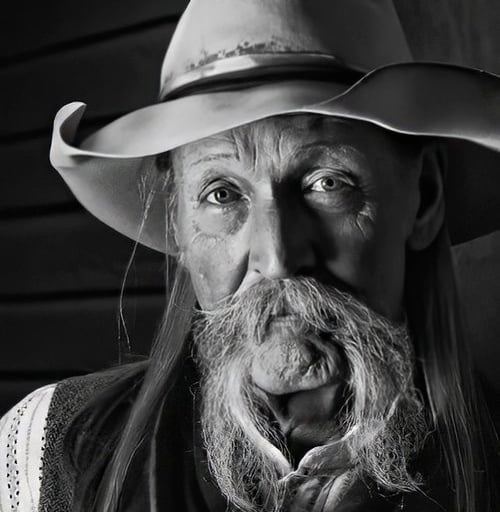Portraits
To take a good portrait, you can consider your lighting, composition, and camera settings. You can also try to capture your subject's emotions and expressions.
Aperture:
Use a wide aperture to isolate the subject from the background
A lower f-stop creates a blurred background, while a higher f-stop creates a more in-focus background
Set the camera to Aperture Priority mode so the camera chooses the shutter speed based on the aperture setting
Shutter speed:
Use a fast shutter speed (1/100s or faster) to avoid motion blur
If you want to include motion blur, choose a shutter speed that creates the desired amount of blur
ISO:
Use a low ISO (100-1600) to reduce noise and create a clearer image
If you're shooting in natural light, try to keep your ISO around 100
You can raise your ISO if needed to compensate for a darker image caused by a faster shutter speed


More Tips
Metering mode:
Use the Center-Weighted metering mode to get proper exposure for most portraits
White balance:
Match the white balance to the lighting
Set the white balance to AWB for a good middle ground
Other tips:
Shoot at eye level
Use a simple, clean backdrop
Use a focal length of 85-135mm
Shoot RAW
Take test shots and get feedback